Foggia probably isn’t the first place you’d think of when digging into Italy’s imperial history, but this city actually served as the heart of Emperor Frederick II’s southern kingdom. I remember wandering through Piazza Federico II, surprised that such a peaceful spot once held so much importance for the Holy Roman Emperor himself.
You still find traces of Frederick’s presence everywhere—from ancient ruins to grand old buildings. These pieces continue to shape the city’s vibe even now.
As I strolled the streets, reminders of Foggia’s powerful past kept popping up. Back then, this place was more than a hidden gem; it buzzed with energy and creativity.
History feels close here, but you won’t see crowds of tourists filling the squares or blocking your view. If you’re after authentic heritage without the chaos, Foggia’s imperial legacy is a real discovery just waiting for curious travelers.
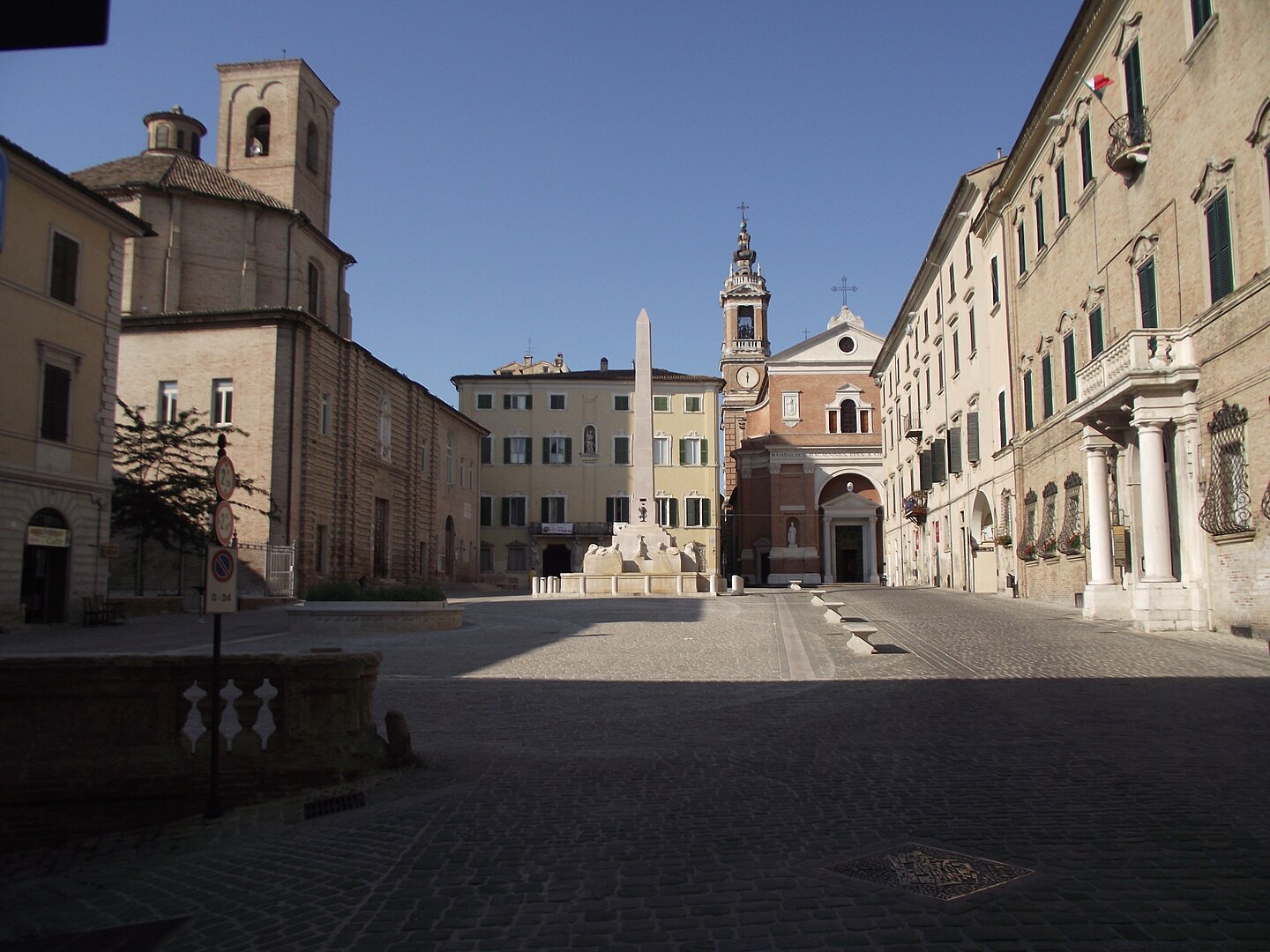
Foggia: Imperial Centerpiece of Frederick II’s Realm
Foggia sits in the plains of Apulia, and Frederick II really took a liking to it. He made it a key hub in his empire.
You can still sense the city’s rich past, which links the Hohenstaufen dynasty with ancient Roman roots and the shifting medieval landscape of southern Italy.
The Hohenstaufen Dynasty’s Southern Ambitions
Whenever I think about Frederick II’s legacy, I’m struck by how much his vision changed southern Italy. The Hohenstaufen dynasty didn’t just rule—they wanted to shape the Mediterranean world.
Foggia wasn’t just another city. It played a crucial role in their plans and became a strategic and administrative hub. Under Frederick II, the city grew fast. Palaces, fortifications, and plazas sprang up, and you can still spot the old arch and fountain on Via Arpi.
Frederick chose Foggia for its prime location and potential. He held court here, passed new laws, and welcomed travelers from far-off places.
Nobles and scholars flocked to Foggia, making it a lively crossroads for trade and news. The Hohenstaufen era still colors the city’s culture. Sometimes, as I walk the streets, I try to picture the royal processions and the bursts of medieval activity that once filled the air.
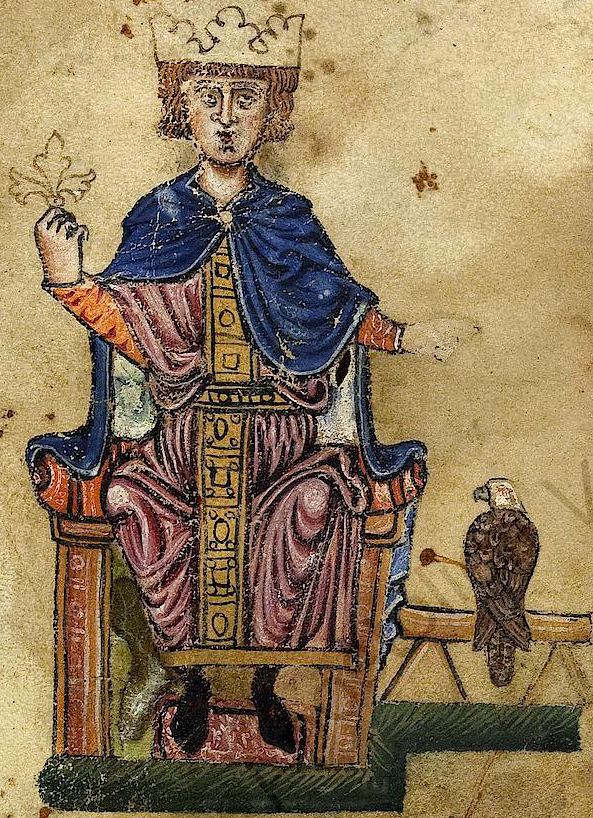
Choosing the Heart of Apulia
Frederick II didn’t pick Foggia by accident. Its spot in Apulia put it right at the crossroads of trade, politics, and even climate. That’s a powerful combination.
The wheat fields surrounding Foggia offered both wealth and influence. This bounty turned the area into the empire’s breadbasket. Frederick strengthened provincial administration right from here.
You can still feel the echoes of that strategic past. The city’s layout, local traditions, and annual fairs all reflect a history shaped by international guests and powerful rulers.
When I stayed in Foggia, I noticed that even the food, markets, and local dialect carry traces of centuries of imperial influence. If you’re curious about medieval Apulia, just wander Foggia’s streets and markets—you’ll find Frederick’s vision alive and well.
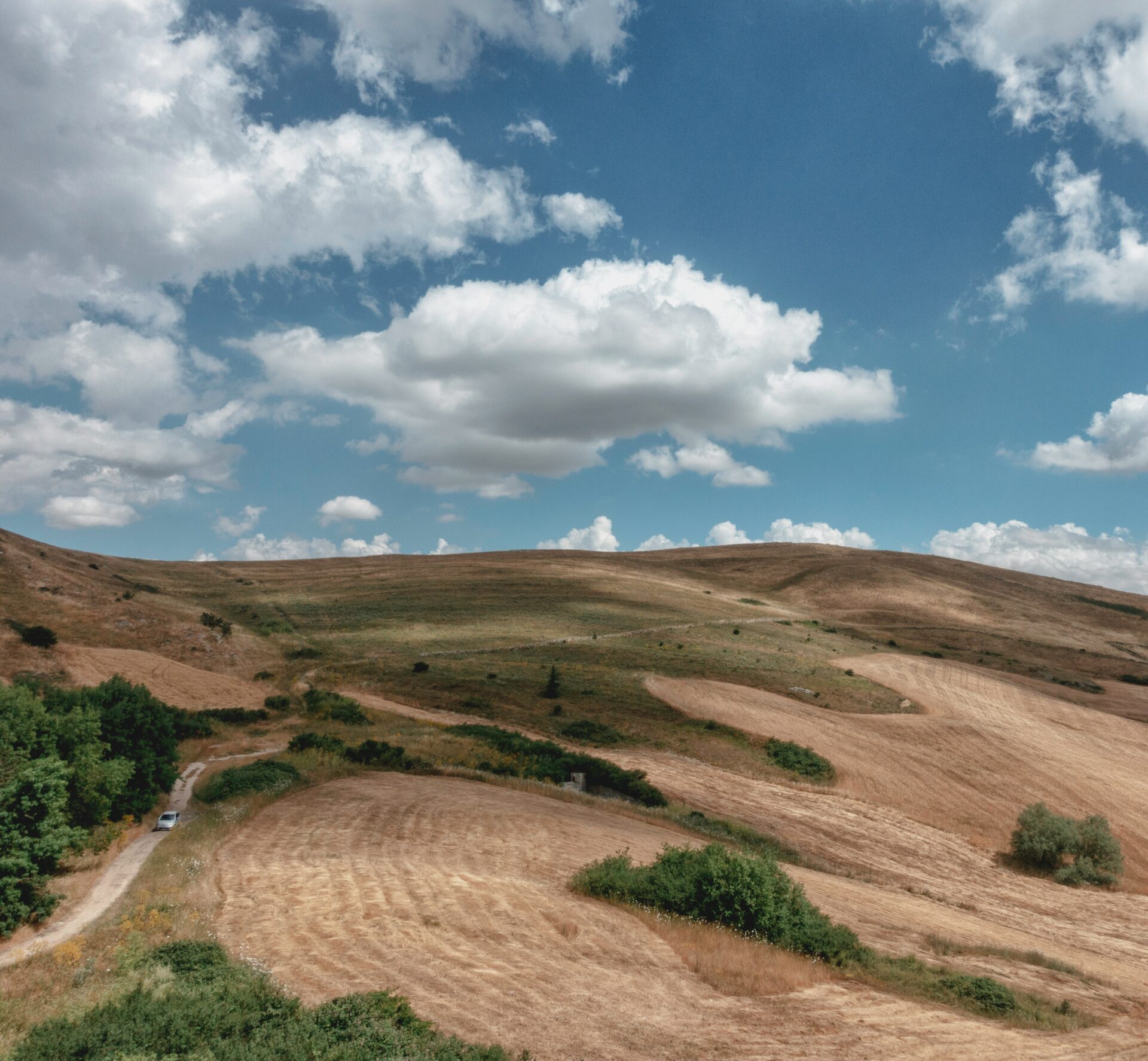
From Roman Roots to Medieval Power
Foggia’s story didn’t start with Frederick II. Long before him, Roman settlers saw the land’s fertile promise. Ancient roads once brought legionnaires and traders through what’s now a lively provincial capital.
The Middle Ages changed everything. With Frederick II’s rise, the old Roman core gained a new spotlight. I’ve visited what’s left of his imperial palace—just fragments now, like an arch and a fountain on Via Arpi. Every stone seems to whisper about shifting power from Rome to the medieval world.
This transformation blended Roman roots with Hohenstaufen ambition. The city’s heritage sites show off this unique mix. As I wandered museums and ruins, I realized Foggia isn’t just a stopover; it’s a symbol of authority and cultural exchange in medieval southern Italy.
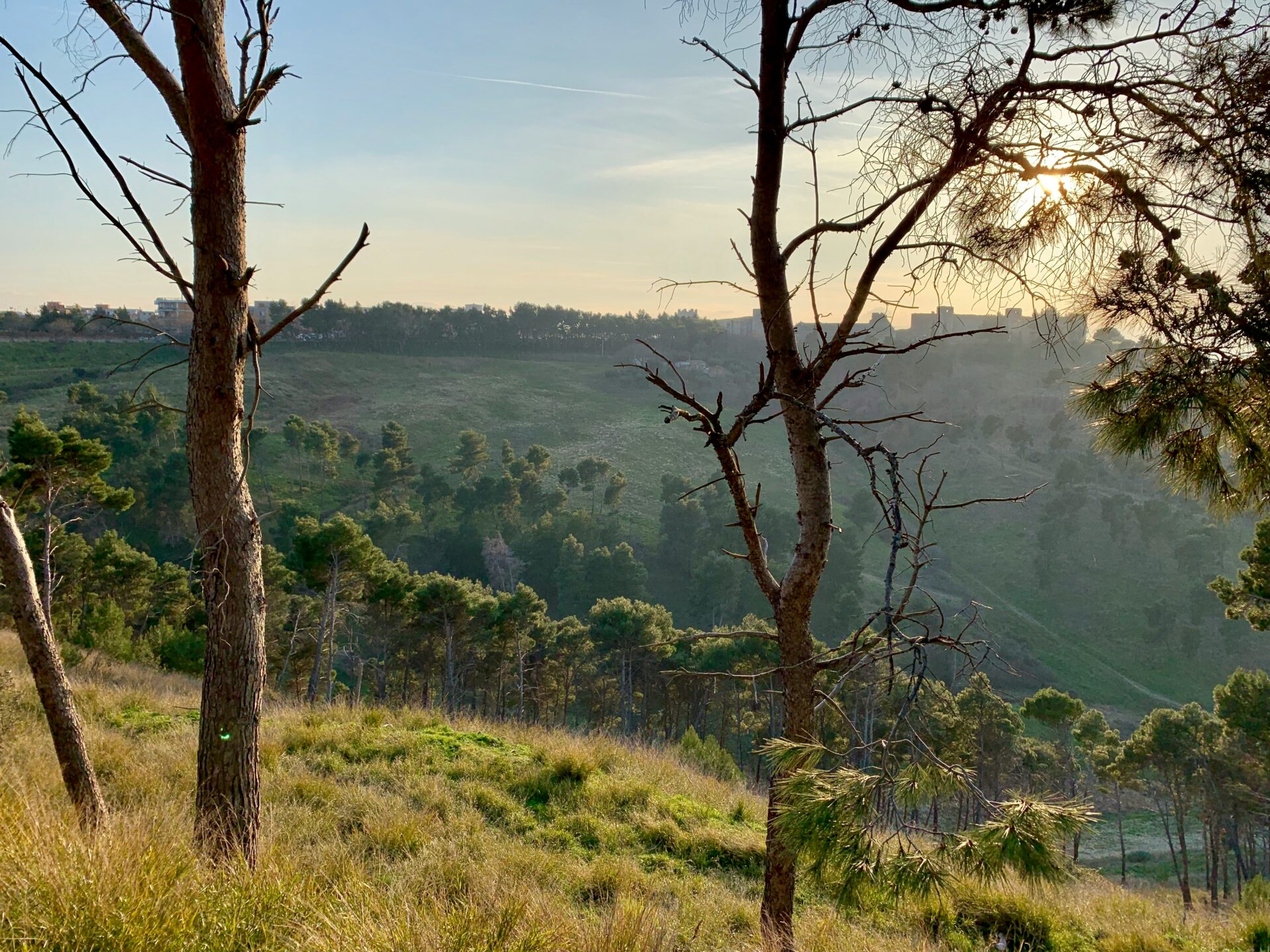
The Architectural Legacy: Palaces and Castles in Foggia
Foggia’s skyline tells the story of Frederick II’s rule. Palaces, castles, and imperial symbols all give the city its distinct character.
You’ll spot rich architectural details, unusual castle shapes, and the emperor’s personal emblems throughout this overlooked corner of Apulia.
Design and Construction of Royal Residences
On my first walk through Foggia, Frederick II’s influence jumped out at me in the remains of his royal palace. Known as the “Palatium,” this building once stood as the heart of imperial power in southern Italy.
Frederick didn’t just build for defense. He cared about art and science, and you can see that in Foggia’s architecture.
He used local limestone and added Romanesque arches. Wide, airy halls were designed for court gatherings and big ceremonies. I find the contrast between sturdy fortress walls and elegant capitals and windows really striking.
The palace’s old layout still influences buildings nearby. Foggia’s mix of function and beauty continues to attract travelers who want to get close to history.
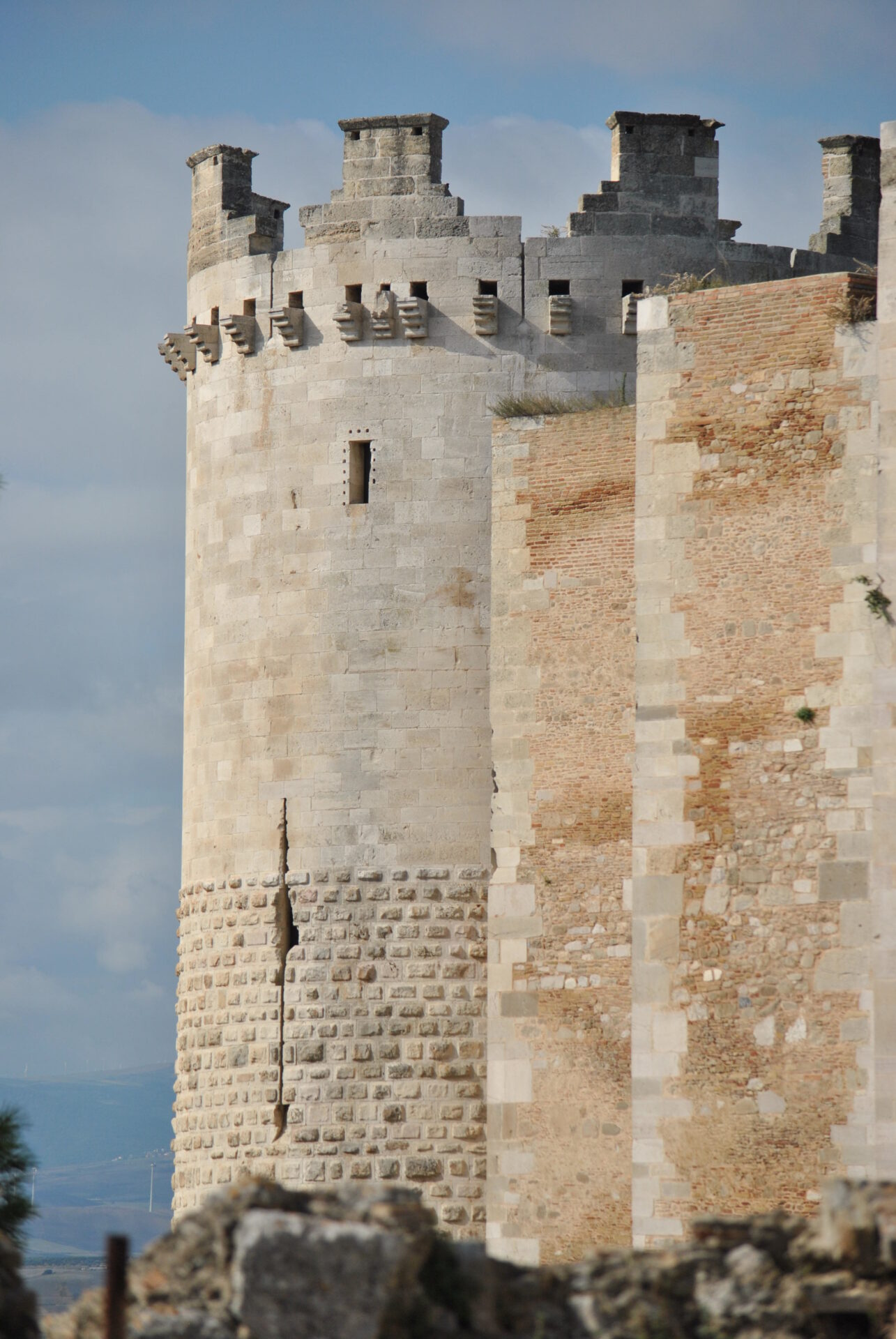
Castel del Monte Connection
Castel del Monte isn’t right in Foggia, but it’s closely tied to Frederick II’s story in the region. When I visited this bold octagonal castle, about an hour from Foggia, I saw how Frederick’s design ideas spread through Puglia.
Castel del Monte stands out with its perfect symmetry, thick limestone walls, and eight towers circling the courtyard.
Frederick’s love for geometric forms and smart defensive features at Castel del Monte inspired smaller castles around Foggia. Some local guides say the emperor himself traveled between these forts, using them as seasonal homes or hunting lodges.
If you’re into architecture, driving from Foggia to Castel del Monte makes for a memorable day out—and you’ll pick up some real insight into Frederick’s vision.
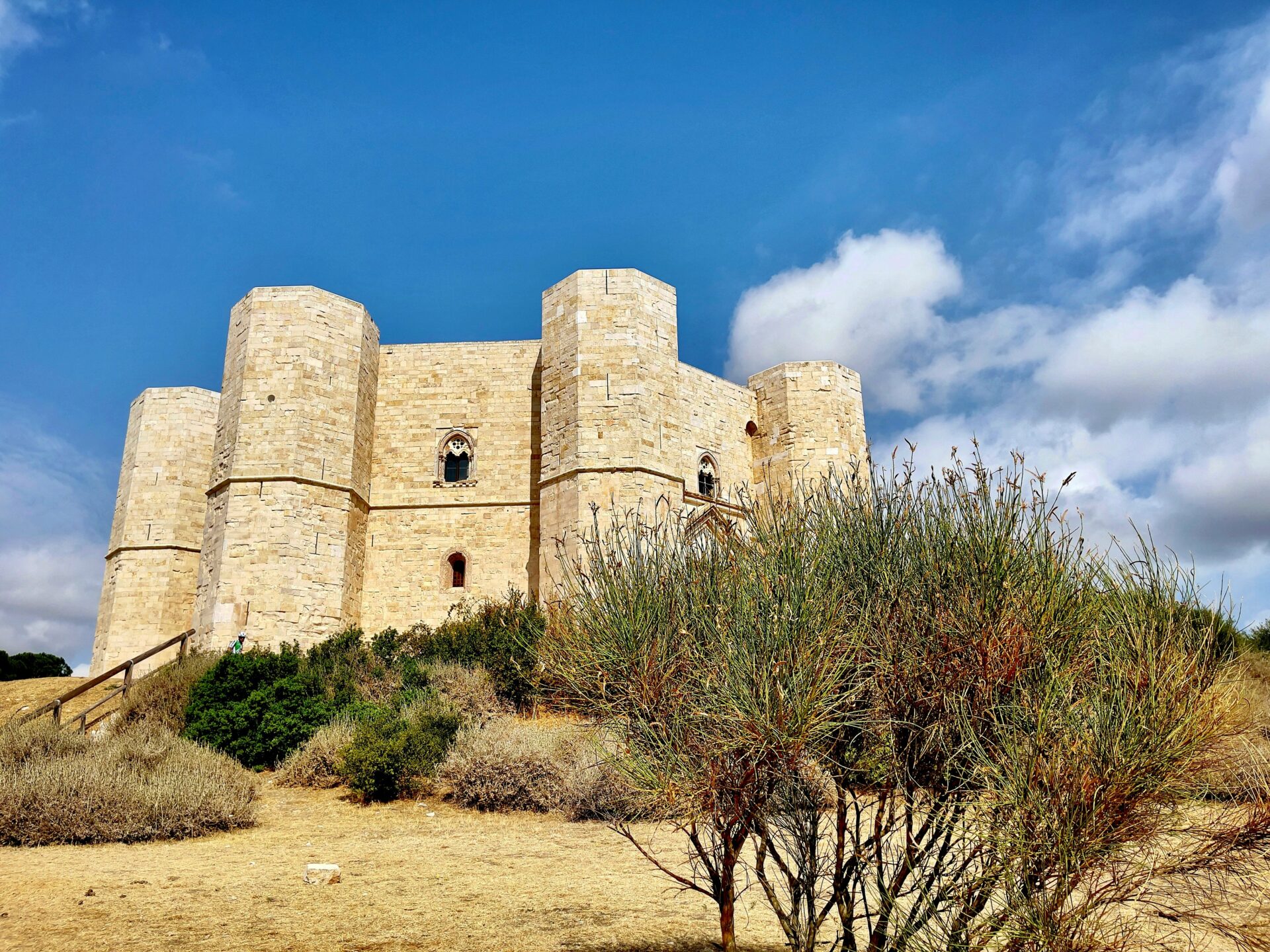
Heraldic Symbols and Flags
One thing I always notice in Foggia is how Frederick II’s heraldic symbols still show up everywhere. Walk through the old neighborhoods and you’ll spot the imperial eagle carved into stone lintels and waving on historic flags.
These double-headed eagles symbolized Frederick’s power as both King of Sicily and Holy Roman Emperor.
You’ll see them on city gates, old banners in museums, and even on the uniforms of reenactors during festivals. I’d suggest stopping by the Civic Museum in Foggia to see artwork and artifacts with Frederick’s emblems up close.
For travelers, following these symbols is a cool way to dig deeper into Foggia’s imperial past.

Frederick II in Foggia: Life, Reign, and Influence
Frederick II—King of Sicily, Holy Roman Emperor, and King of Jerusalem—left a mark on Foggia that you just can’t ignore. This often-overlooked city in Apulia became a center for imperial life, religious drama, and political strategy during his time.
Imperial Court and Daily Life
Every time I visit Foggia, I’m reminded of how central it was to Frederick II’s world. Unlike bigger, more famous cities, Foggia had a practical charm and real strategic value.
Frederick made this city his imperial court, turning it into a busy hub of administration and culture in the 1200s.
The palace—though it’s changed a lot—once hosted diplomats, poets, and scholars. Frederick’s daily routine included hunting in the Tavoliere plains, meeting foreign envoys, and working on legal reforms.
Foggia gained new aqueducts, trade perks, and a mix of cultures, since Frederick welcomed people from all over Europe and the Mediterranean.
Today, Piazza Federico II stands as a reminder of those days. When I walk there, I picture the imperial gatherings, lively markets, and royal decrees echoing off the stones.

Relations with the Papacy and Excommunication
Frederick II often clashed with the Papacy. My trips around Foggia have brought me close to places where the emperor and pope butted heads.
As both King of Sicily and Holy Roman Emperor, Frederick’s policies challenged papal authority. He refused to follow certain papal commands, which led to several excommunications.
Foggia sometimes landed right in the middle of these disputes. Local churches and officials had to juggle loyalties between the emperor and the pope, creating a tense atmosphere.
These excommunications didn’t just hit Frederick—they sent shockwaves through his lands. Trade slowed, religious services were disrupted, and ties with nearby Italian cities suffered.
When I explore Foggia’s old churches, I get a real sense of this complicated history, where two powerful forces battled for spiritual and political control.
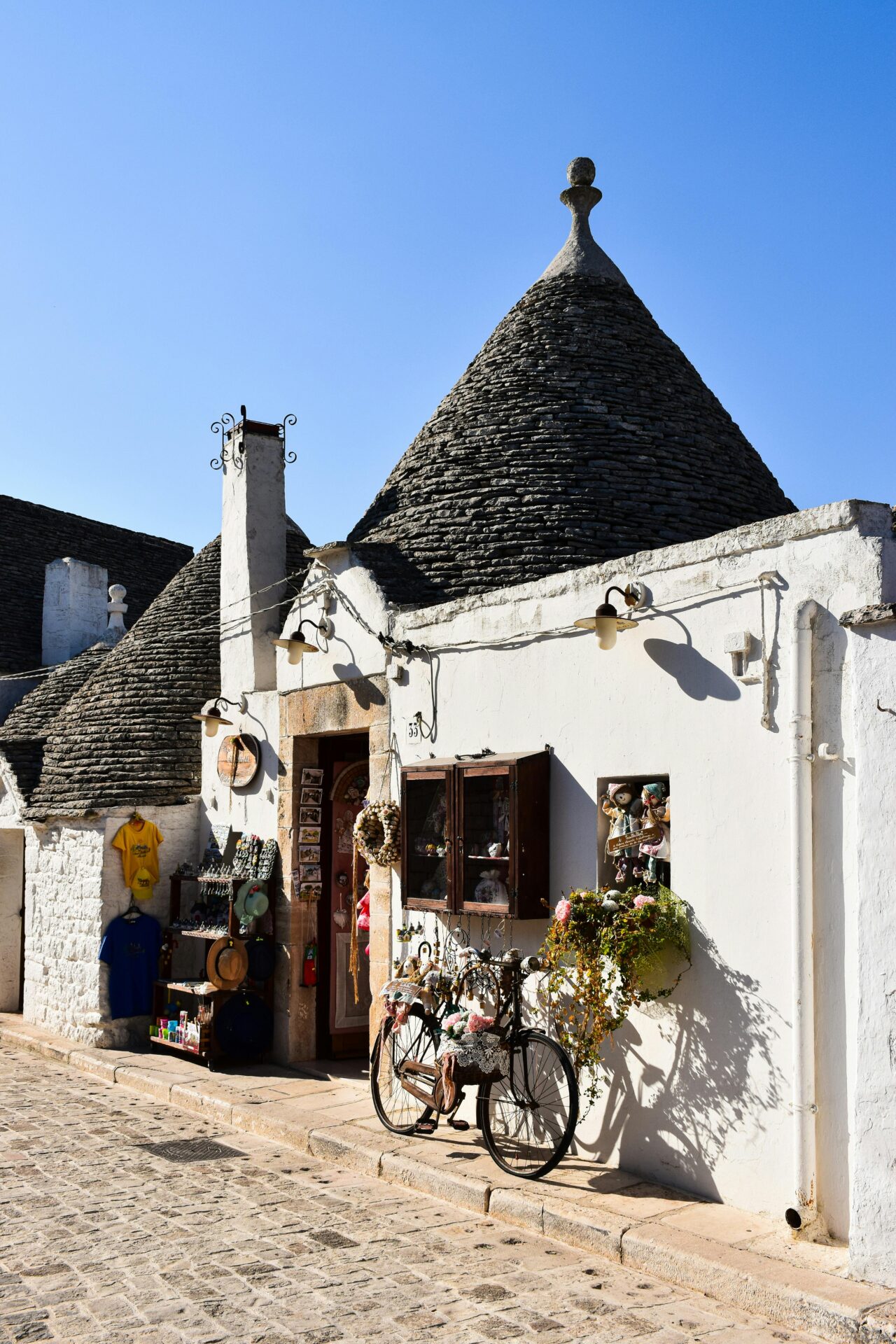
The Ghibelline Struggle and Italian Politics
Frederick’s role as a Ghibelline leader always fascinates me. The Ghibellines backed the emperor, while the Guelphs supported the pope.
Foggia served as a practical base for Ghibelline strategy in southern Italy. It stood as both a power center and a symbol of imperial resistance.
During my visit, I noticed how Frederick’s policies shaped local laws and city planning. He issued edicts from Foggia, demanding loyalty and granting privileges to his supporters.
Sometimes, Foggia’s alignment brought prosperity. Other times, it led to conflict with papal states and neighboring cities.
This constant push and pull shaped the city’s development. Historical plaques and restored sites all over Foggia hint at the alliances, betrayals, and shifting fortunes of medieval Italy.
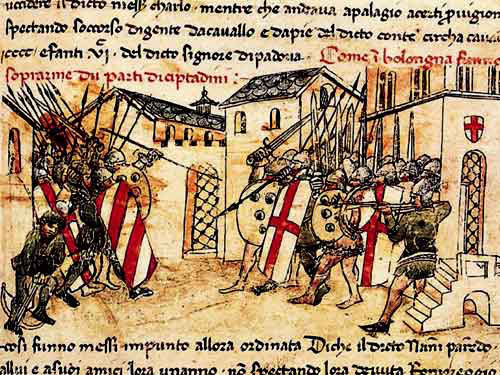
Jerusalem and the Crusader King
Frederick II’s claim as King of Jerusalem sets him apart from other rulers. While based in Foggia, he planned his bold crusade to the Holy Land.
Instead of relying on battles, Frederick negotiated a treaty that handed Jerusalem to Christian rule in 1229.
His diplomatic style, often criticized by the papacy, still got results. I imagine the news of Jerusalem’s return spreading through Foggia’s streets, reaching churches and market stalls.
Even now, you can spot hints of Frederick’s crusader king status in mosaic designs, public squares, and the stories locals tell.
For history fans, tracing Frederick’s journey from Foggia to Jerusalem offers a fresh way to see the tangled politics and ambitions of the medieval world.
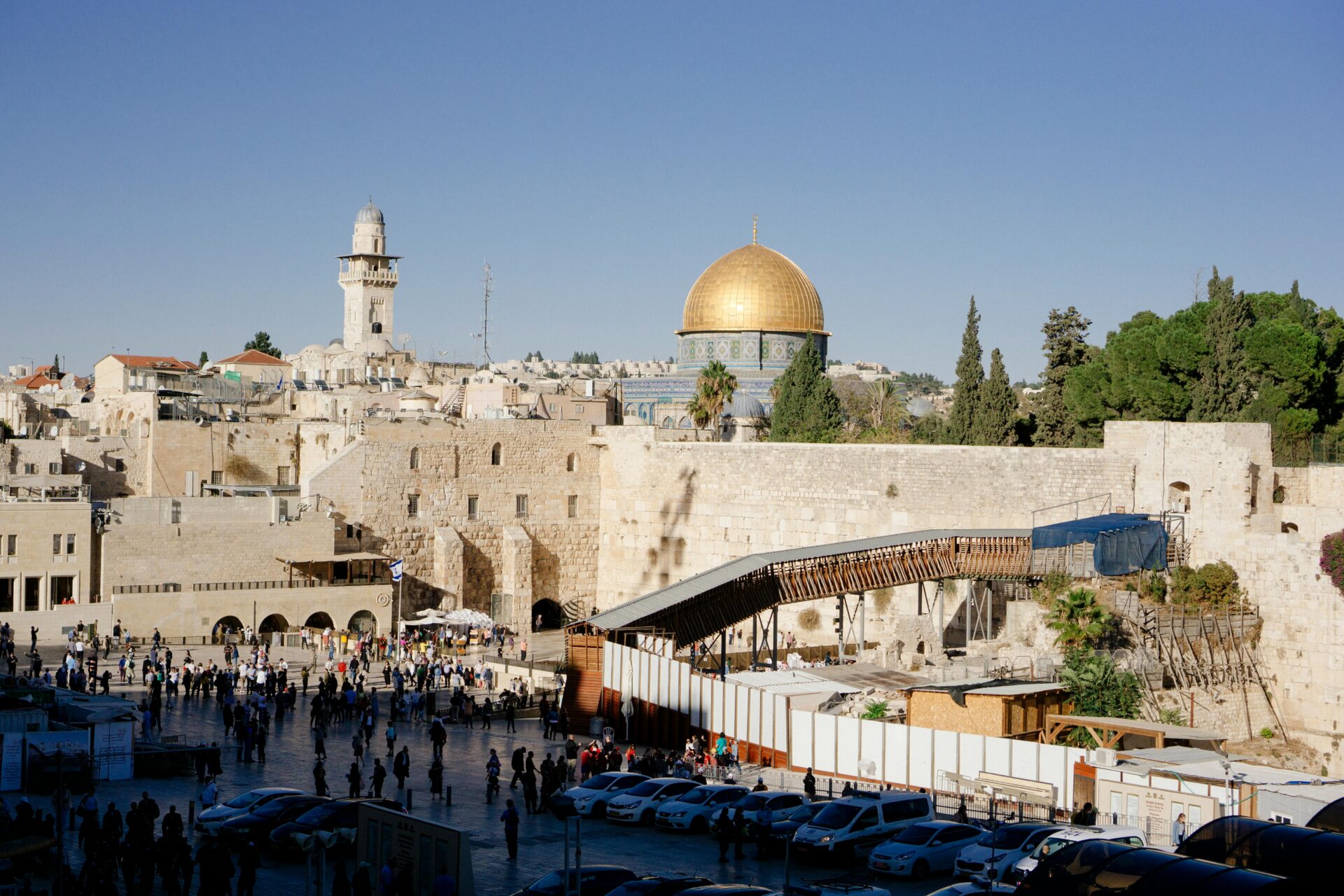
Foggia’s Strategic Role in the Crown of Sicily
Foggia stood at the crossroads of medieval power struggles, linking kingdoms and empires. Its place in Apulia gave it real military and political weight for anyone trying to rule southern Italy.
Links to Northern Europe and the Holy Roman Empire
Every time I walk Foggia’s streets, I notice its connections to both southern and northern Europe. Under Emperor Frederick II—who ruled Sicily and the Holy Roman Empire—Foggia became a key site in a sprawling empire that stretched from German lands down to Italy.
Frederick built a famous palace here, and it served as a base for imperial rule. Emperors, soldiers, and merchants from all over Europe passed through.
Foggia’s spot made it a perfect stop along medieval trade and military routes linking northern Europe with Sicily and the eastern Mediterranean.
Travelers today still find traces of that past in the city’s layout and old artifacts. You can spot northern building styles in the remains of ancient walls and cathedrals, blending with the local Apulian flavor and imperial grandeur.
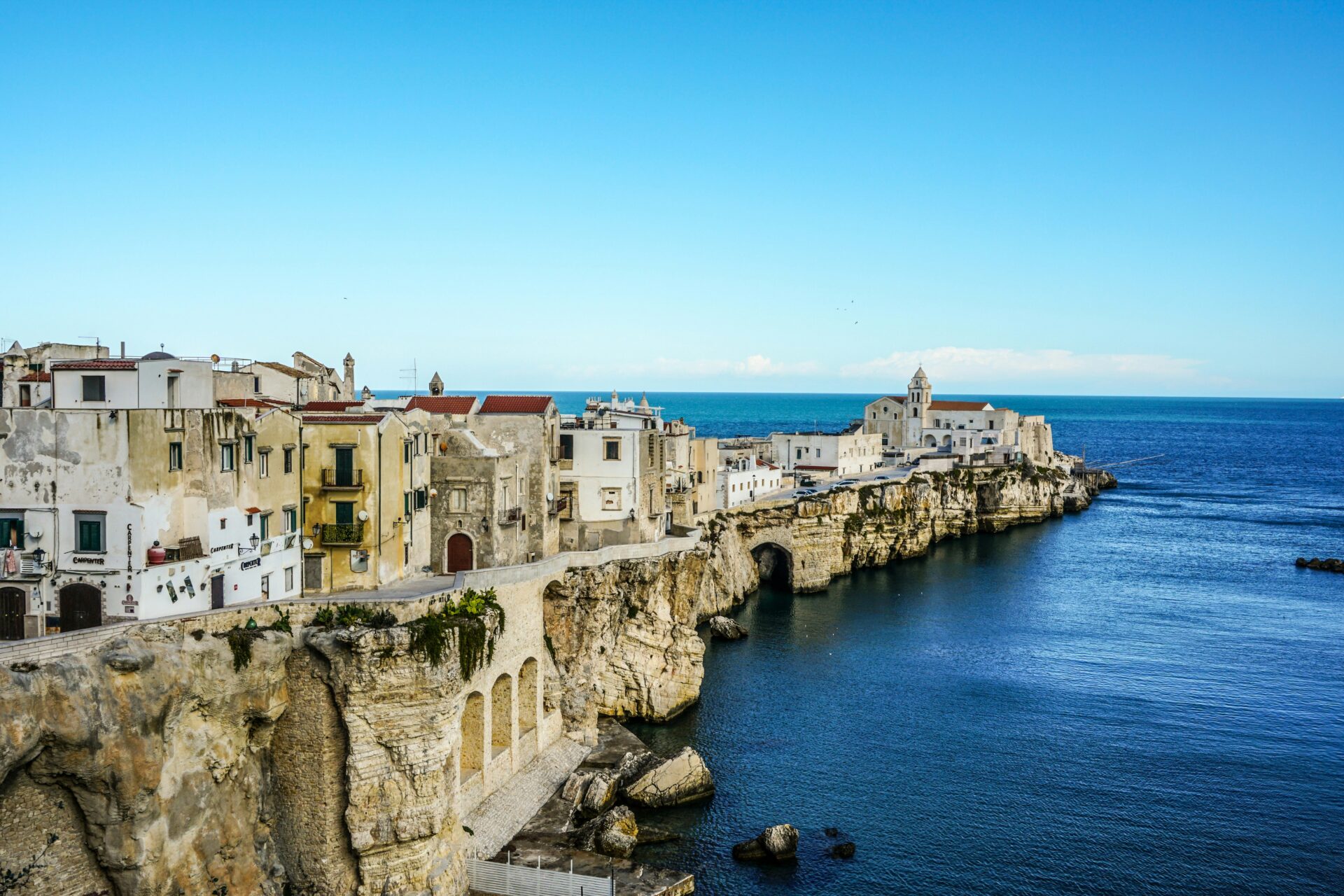
Rival Powers: The Angevins and Charles of Anjou
As Frederick II’s dynasty faded, new rivals appeared. The Angevins, led by Charles of Anjou, grabbed Foggia as a strategic base in their push to seize the Kingdom of Sicily.
I’ve read local history plaques about how Charles built new fortifications in the area to tighten his grip.
Foggia changed hands more than once during these years, showing just how important it was to whoever aimed for the crown. The Angevins needed strongholds in Apulia to fend off loyalists and threats from the Holy Roman Empire.
If you’re into military history, Foggia gives you a front-row seat to the power struggle between the French Angevins and their rivals. Some old walls and fort sites still stand, and museums display artifacts from those 13th-century wars.

Manfred’s Legacy in Apulia
Manfred, Frederick II’s son, left a deep mark on Apulia, especially around Foggia. After his father died, Manfred gathered local support to fight for the crown of Sicily.
Stories and monuments here always remind me of Manfred’s efforts. He really shaped the region’s identity in ways that still show today.
I’ve noticed how Manfred encouraged a blend of cultures. He supported the arts, built churches, and welcomed multicultural communities—drawing from Byzantine, Arab, and Norman traditions.
That openness and resilience built the base of Foggia’s unique culture. Even after losing at the Battle of Benevento, Manfred kept Apulia at the heart of medieval politics.
Today, when I wander through Foggia, I feel like I’m retracing the ambitions and struggles that defined Southern Italy during Manfred’s time.
Cultural Heritage and Lasting Charm
Foggia’s culture stands out with its medieval roots, lively traditions, and a mix of Italian and European influences. When I explore the city, I find Gothic and Romanesque architecture everywhere, surrounded by a community that really values patience and understanding.
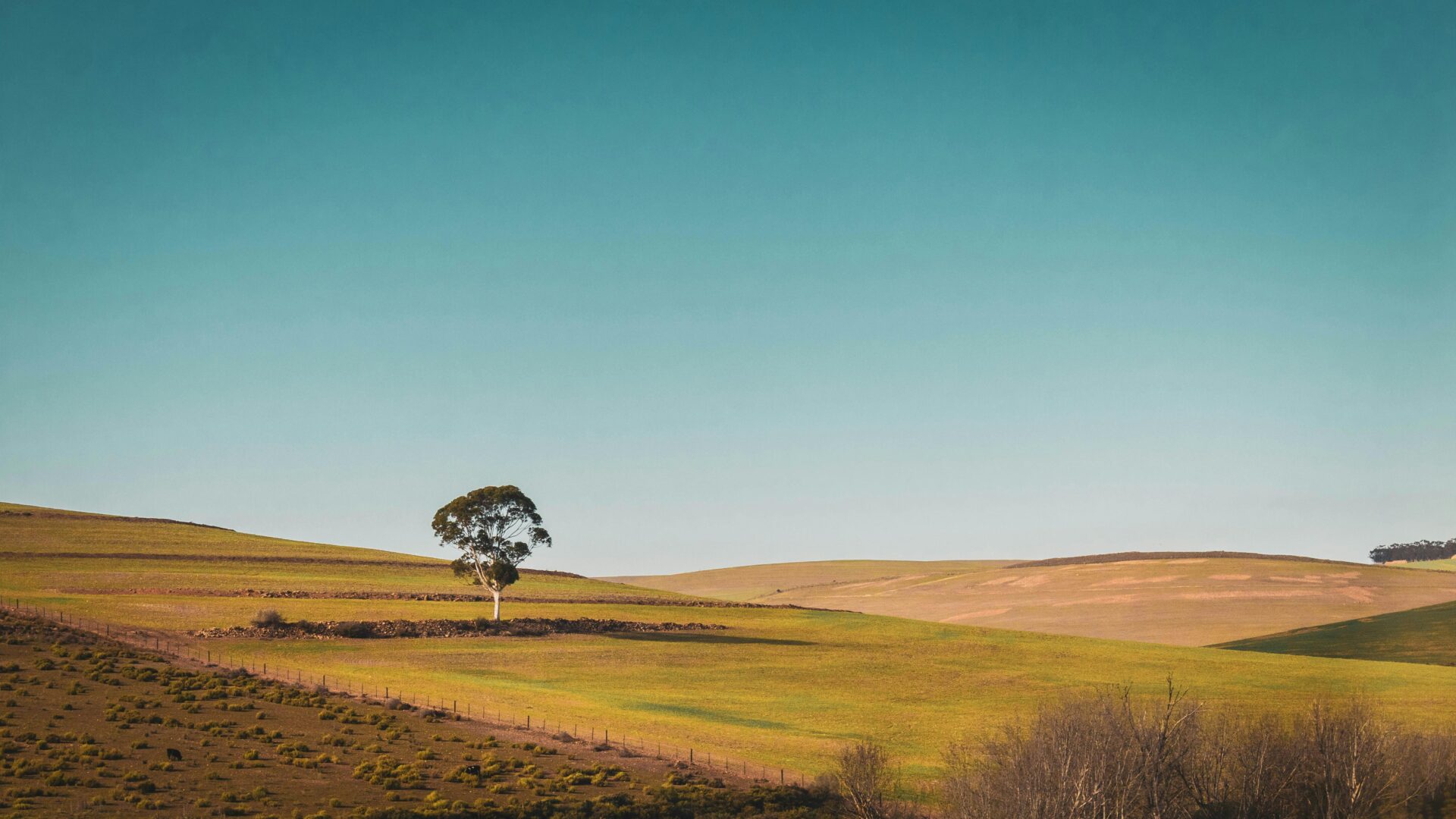
The Medieval Pulse: Festivals, Cuisine, and Traditions
Walking through Foggia during festival season, the city’s energy just grabs me. Medieval history springs to life at the annual Festa Patronale for the Madonna dei Sette Veli.
People fill the streets for parades and traditional games. Food stalls crowd the piazzas, and I always go for the panzerotti—that crispy dough with cheese and tomato—while folk music floats through the old streets.
The food here really connects to Puglian soil. Local dishes stick to simple ingredients like wheat, tomatoes, and olive oil.
One meal that sticks with me is orecchiette con cime di rapa. It takes patience to make, and honestly, that patience feels like a reflection of the hospitality you find in Foggia.
Community pride shows up at every table and in every little shop. When I join locals during their celebrations, I can see how much these traditions matter.
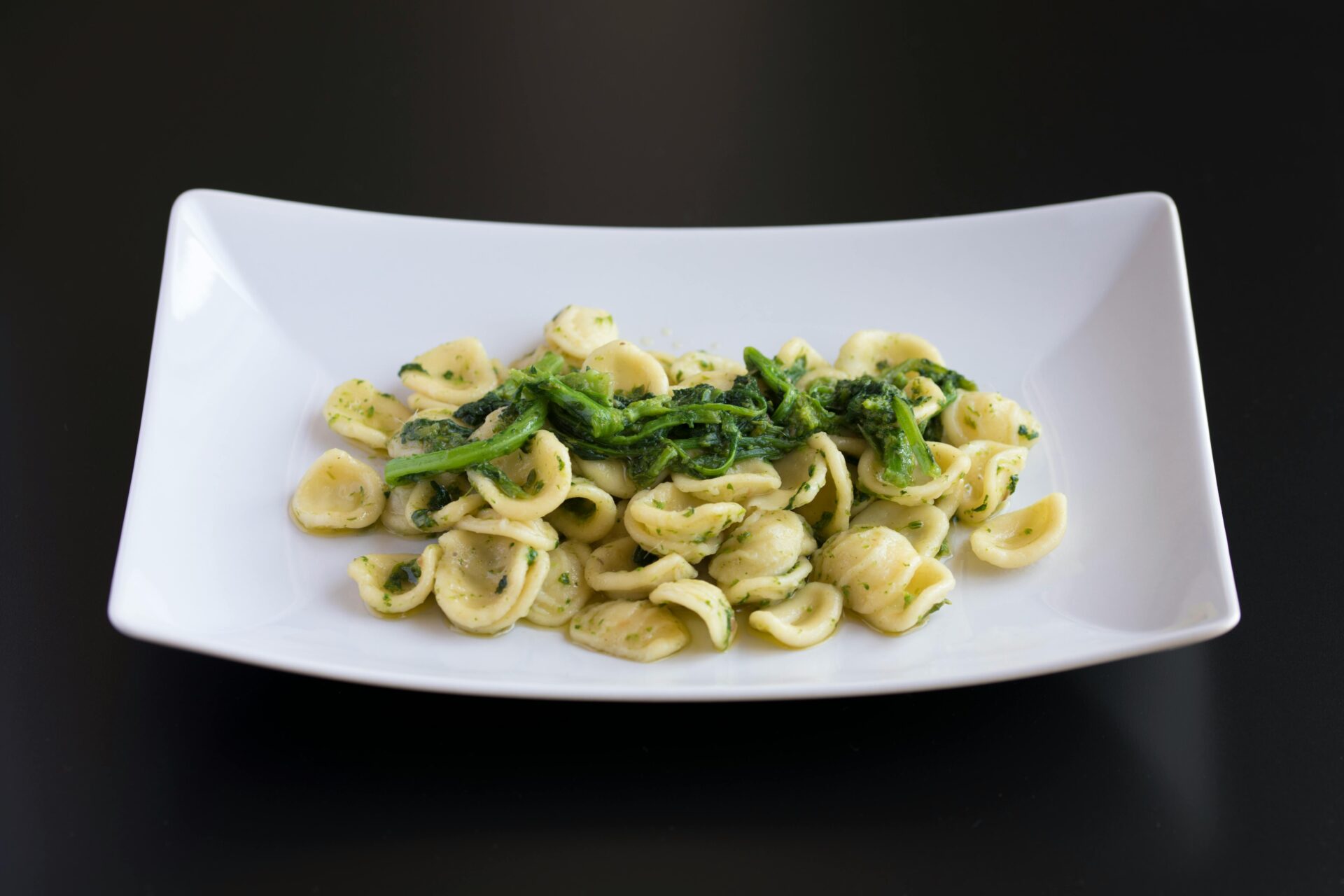
Glimpses of Gothic and Romanesque Scenery
The city’s mix of architecture always fascinates me. I’ll stand in front of the Foggia Cathedral and spot both Romanesque and Gothic touches.
The carved stone on the facade and the delicate arches tell stories from centuries ago. When I walk by the Arco di Federico II, I can’t help but feel connected to the medieval rulers who shaped this place.
Many streets show off ancient palazzi with rough stonework and ornate balconies. In the soft afternoon light, these buildings almost glow, showing off details you’d miss if you rushed by.
If you love photography, mornings and late afternoons give you the best light for Foggia’s charm. Travelers who care about art and history should really spend time here—every corner has something new to discover.
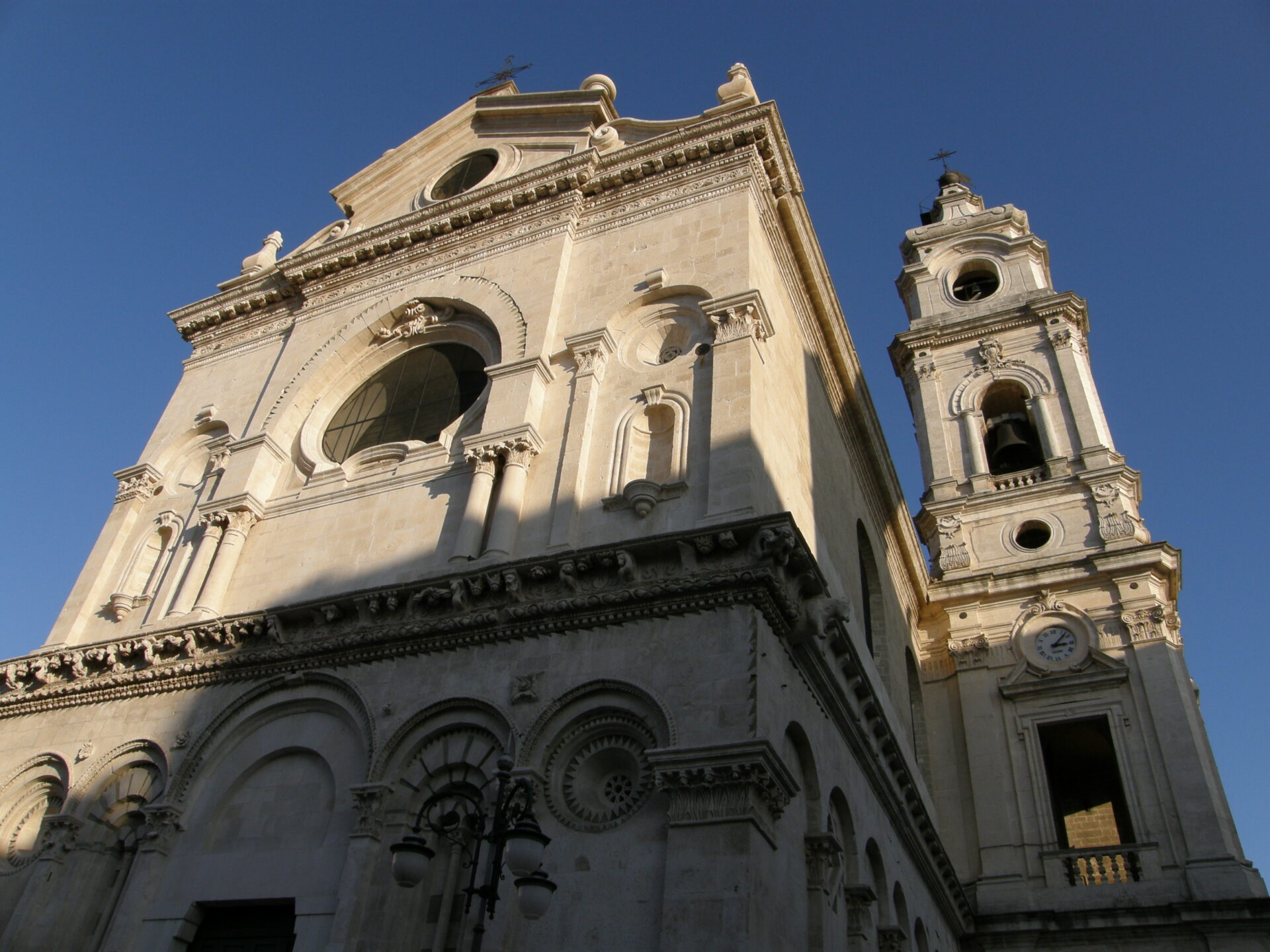
Foggia’s Role in the Italian and European Narrative
Back in the day, Frederick II, Holy Roman Emperor, made Foggia his stronghold. His influence still lingers all over the city.
When I dig into Foggia’s past, I notice how it connected northern Europe with southern Italy. It wasn’t just a stop on the map—it buzzed with trade and political scheming.
You can actually see this mix of cultures in the traditions and in the way the city’s population keeps shifting. There’s something quietly fascinating about that.
Since most tourists skip Foggia, the city keeps its raw, authentic vibe. I kept running into kindness, and people here just move at their own pace.
Foggia feels like a living piece of Puglian history—stubborn, proud, and full of stories. The city kind of dares you to slow down and really see its layers, to get a taste of Italy that’s often missed.

